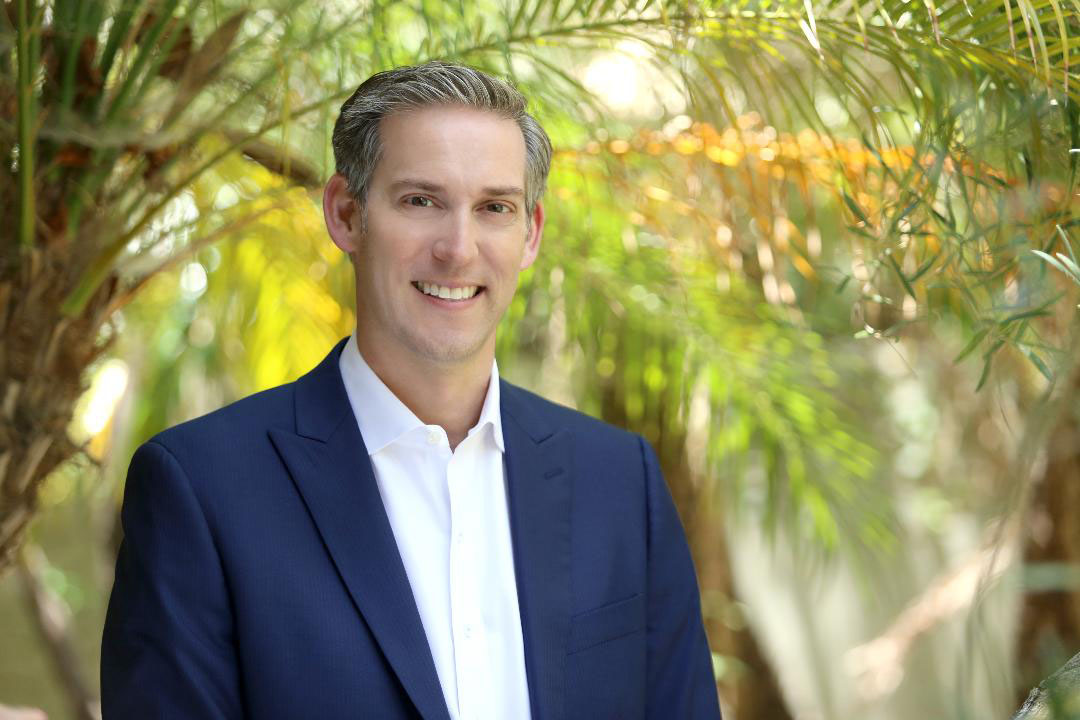Last Thursday night, about 100 well-heeled Jewish philanthropists milled about the airy Venice studio of architect Frank Gehry. They posed for selfies beside models of buildings soon to go up in Asia and studied his newest plans — for the World’s Jewish Museum in Tel Aviv.
When it came time for the pitch, famed Los Angeles litigator Patricia Glaser took to the podium.
“I’m here because I worship at the altar of Frank Gehry,” Glaser said, trying to excite the otherwise sedate crowd. “It’s going to be all the Jewish superstars featured in this museum. This museum is going to be a work of art.”
The World’s Jewish Museum is the brainchild of Canadian philanthropists Gail and David Asper, who committed a $30 million lead gift. While guests snacked on smoked salmon and borekas, speaker after speaker made their case for why the world needs another Jewish museum.
Their pitch was appealing: This one would focus on Jewish achievement and contribution, rather than Jewish tragedy.
“We’ve given our children plenty to despair of; we need to give them hope,” Rabbi David Wolpe, who emceed the event, told the crowd.
The evening capitalized on Jewish pride, with speakers focusing on Jewish innovation, not Jewish suffering.
“Jewish children grow up on Holocaust education,” Gail Asper, president and trustee of The Asper Foundation said. “[They] need a place where [they] can smile and feel good about being Jewish.”
Rather than a focus on gas chambers and Nazi officers, this will be the museum of Albert Einstein and Steven Spielberg, focusing on Jewish contributions to science, the arts and the humanities.
“Throughout history, there have been many Jewish ideas that changed the world without the world knowing it; now it will,” said Rabbi Joseph Telushkin, who is on the museum’s advisory board. He said Jewish ideas such as Shabbat and the liberation message of the Exodus story influenced Western history.
But some guests wondered why the world needs another museum, when, according to the International Council of Museums, there are already an estimated 55,000.
“I’m not sold,” said E. Randol Schoenberg, a founder of the Los Angeles Museum of the Holocaust at Pan Pacific Park.
“There’s a reason why the Holocaust museums are the most successful; because they tell a huge and interesting world story that’s not just interesting to Jews, but to everybody. That there are famous Jews like Barbra Streisand and Bob Dylan and Albert Einstein is not that same world historical event story.”
Plans for Frank Gehry's World’s Jewish Museum in Tel Aviv. Photo by Danielle Berrin
The Aspers have a track record of successful museum building. In 2003, Israel “Izzy” Asper, the family patriarch and a Canadian media magnate, launched the idea for the Canadian Museum for Human Rights, a $351 million project he hoped would revitalize downtown Winnipeg. The family shrewdly hired Ralph Appelbaum Associates, a leading museum exhibition design firm best known for the United States Holocaust Memorial Museum, and more recently, the Smithsonian’s National Museum of African American History & Culture to design the content. But according to the Winnipeg Sun, admissions numbers at the human rights museum have been steadily declining since the museum opened in September 2014. Critics say selling a museum idea is easy, but drawing visitors year after year requires a compelling narrative.
To test the idea of a World’s Jewish Museum in Tel Aviv, the Aspers turned to the consulting firm McKinsey & Co., which determined in a report that “there is no must-visit cultural institute in Tel Aviv,” nor “an iconic architectural symbol” such as the Guggenheim Museum in Bilbao, Spain (also designed by Gehry), or the Sydney Opera House in Australia.
Perhaps that explains why the city of Tel Aviv readily offered a coveted, 6-acre site north of Hayarkon Park and walking distance to the port of Tel Aviv — to the tune of $150 million.
“I have to do one hell of a building,” the 87-year-old Gehry said, prompting an outburst of laughter. “Pray for me!”
The Aspers must raise $350 million to $450 million for this project, so the speakers did their best to project optimism and hope, highlighting the potential museum’s core themes.
“I believe that history has a purpose, and humanity has a destiny,” museum exhibition designer Ralph Appelbaum said. “And if you look closely, Jewish people have been at the center of the attempt to give human life a dignity of purpose.”
But to comprehend the enormity and miracle of Jewish achievement, the scope of Jewish history — and tragedy — matters. And it was Gehry who tied the idea of Jewish talent to the traditions of the past.
“Growing up as a Jewish kid in Canada, my grandfather read Talmud to me,” he said. “The creativity our culture is known for comes from the Talmud, [because] the Talmud embodies curiosity. It starts with ‘why,’ and that curiosity leads us to discovery.”
For Gehry, Jewish achievement is inseparable from Jewish history and heritage.
“I grew up in a town 500 miles north of Toronto with 30 other Jewish families,” he said. “I got accused of killing Christ so many times. [And] I remember when I first heard Hitler’s speeches; I never forgot that cadence and anger. … When the State of Israel was created, it meant a lot to my father and grandfather, and it means a lot to me.
“Hopefully, this museum will be the best thing I’ve ever done.”
Danielle Berrin is a senior writer and columnist at the Jewish Journal.























 More news and opinions than at a Shabbat dinner, right in your inbox.
More news and opinions than at a Shabbat dinner, right in your inbox.